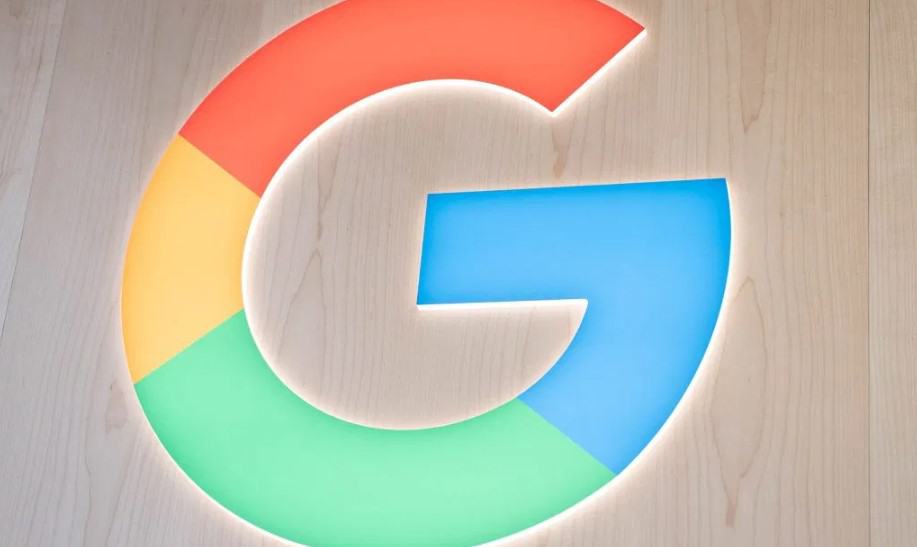In recent years, Google’s messaging services have been split between consumer and enterprise. The latter has seen a slew of changes in recent weeks, including a rebrand and expanded availability. That barrier between the two types of apps is now blurring as Google today placed G Suite head Javier Soltero in charge of consumer messaging, and unified both teams.
As first reported by the Verge, one person and team is now leading Google Duo, the RCS Messages client, and Android’s Phone dialer, as well as Google Chat, Meet, and Voice.
Soltero joined Google Cloud from Microsoft last October to lead G Suite. In the past few weeks, he killed the Hangouts brand so that the company’s work offerings are just called Google Chat and Google Meet. A more significant change was Meet becoming available for users with free Google Accounts for the first time amid the surge in COVID-19 video calling.
In terms of management, Soltero is still a part of Cloud — leading Gmail, Drive, Docs, and the rest of the company’s productivity offerings as it tries to get more paid customers from both upstarts and established competitors. However, he is now joining Hiroshi Lockheimer’s leadership team. In a statement, Google explains the new organizational structure:
We are bringing all of Google’s collective communication products together under one leader and unified team that will be led by Javier Soltero, VP and GM of G Suite. Javier will remain in Cloud, but will also join the leadership team under Hiroshi Lockheimer, SVP of Platforms and Ecosystems. Outside of this update, there are no other changes to the personnel and Hiroshi will continue to play a significant role in our ongoing partnership efforts.
In terms of how this unified messaging team impacts products, Soltero tells the Verge that there are no immediate plans to unify them. Lockheimer — who leads Android, Play, Chrome/OS, and Photos — shares a similar sentiment and how it makes sense to have different products for different tasks.
As part of a more “coherent” future, he looks forward to more integration between services and operating systems, but promises to keep the platform open.
Part of what might be confusing, what we’ve done to confuse everyone, is our history around some of our communications products that have gone from one place or another place. But we’re looking forward now, in a way that has a much more coherent vision.

